Context
Prions are misfolded proteins believed to be responsible for a wide range of fatal neurodegenerative diseases, including Creutzfeldt-Jakob disease in humans, Chronic wasting disease in cervids, and Bovine spongiform encephalopathy (commonly called “mad cow” disease). Prions can either enter the brain through infection or be produced by mutations. Once present, they can spread through a snowball effect by which the presence of prions causes normal proteins to refold in an abnormal shape. As they are resistant to protease-mediated degradation, prions accumulate in nervous cells, leading to apoptosis. In mammals, no current therapies are known to efficiently stop the propagation of prion aggregates in the nervous system. For this reason, characterizing the behavior of prion strains is a crucial step to deepen our understanding of prion diseases.
Bertin offers a complete solution to support prion research. With the Precellys homogenizers, prion-infected tissue samples can be homogenized efficiently. Precellys homogenates allow for reproducible prion detection with standard molecular analysis techniques. Bertin Bioreagent includes a comprehensive range of antibodies targeting prion protein which can be used to detect the presence of several prion strains in multiple applications.

